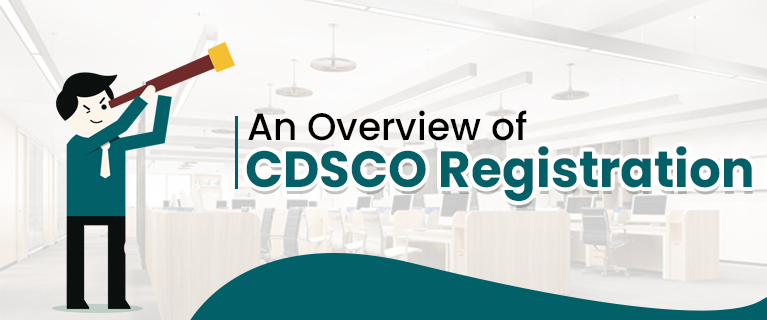Navigating The Medical Device Registration Process
Navigating the medical device registration process can be a complex and crucial task, as it involves ensuring that medical devices comply with regulatory requirements to ensure safety and efficacy. In this guide, we will walk you through the key steps and considerations involved in registering medical devices.
1. Understanding Medical Device Regulations :
- Overview of Regulatory Authoritie : Different countries have regulatory bodies responsible for overseeing the registration and safety of medical devices. It's crucial to identify and understand the regulatory authority in your target market. For example, in the United States, the FDA (Food and Drug Administration) plays a central role, while in the European Union, the CE marking process is significant.
- Classification of Medical Devices : Medical devices are classified based on their risk and intended use. Understanding the classification of your device is the first step in the registration process, as it determines the level of scrutiny and requirements involved.
2. Preparation and Documentation :
- Device Description and Classification : Provide a detailed description of your medical device, including its intended use, design, and specifications. This information is essential for classification and regulatory assessment.
- Essential Principles and Standards : Identify the essential principles and standards that your device must meet to ensure safety and effectiveness. These principles may include design, performance, and risk management.
- Risk Assessment : Conduct a thorough risk assessment for your device, identifying potential hazards and mitigating measures. Risk assessment is a critical aspect of regulatory compliance.
- Labelling and Instructions for Use : Prepare comprehensive labelling and instructions for use that comply with regulatory requirements. Accurate labeling is essential for user safety and understanding device usage.
3. Quality Management System :
- ISO 13485 Certification : Implement a quality management system compliant with ISO 13485 standards. This certification demonstrates your commitment to quality and compliance.
- Manufacturing Practices and Documentation : Adhere to good manufacturing practices (GMP) and maintain detailed records of the manufacturing process. Robust documentation is crucial for regulatory audits.
4. Clinical Data and Testing :
- Clinical Trials and Studies : If required, plan and conduct clinical trials or studies to demonstrate the safety and efficacy of your medical device. Ensure compliance with ethical and regulatory standards.
- Performance Testing : Conduct performance testing to validate the device's functionality and meet specified requirements.
- Biocompatibility and Safety Testing : Perform biocompatibility and safety testing to ensure the device's materials do not pose risks to patients.
5. Preparing the Registration Application :
- Application Forms and Fees : Complete the necessary registration application forms and pay the required fees to the regulatory authority.
- Technical Documentation : Compile all technical documentation, including device specifications, risk assessments, clinical data, and quality management system records.
- Importer and Distributor Information : Provide information about the importers and distributors involved in the supply chain.
6. Submission and Review Process :
- Regulatory Review Timelines : Be aware of the regulatory authority's review timelines. Responses to queries and requests for additional information should be prompt.
- Request for Additional Information : Be prepared to respond to requests for additional information from the regulatory authority.
- Regulatory Decision : Once the review process is complete, the regulatory authority will make a decision regarding device registration.
7. Post-Market Surveillance and Compliance :
- Vigilance Reporting : Establish a post-market surveillance system to monitor and report adverse events associated with your device.
- Periodic Safety Updates : Provide periodic safety updates to the regulatory authority, including any changes to the device or labelling.
- Audits and Inspections : Be prepared for regulatory audits and inspections to ensure ongoing compliance.
8. Labelling and Marketing Authorization :
- Approval of Labelling Materials.
- Ensure that labelling materials are approved before commencing marketing activities.
Marketing Authorization and Import License
Obtain marketing authorization and import licenses as required by the regulatory authority.
9. Distribution and Sales :
- Importation and Customs Clearance : Facilitate the importation of your device by complying with customs clearance procedures.
- Distribution Network Setup : Establish a distribution network that complies with local regulations and ensures the safe and effective distribution of your device.
Conclusion
In conclusion, navigating the medical device registration process is a multifaceted endeavour that requires careful planning, documentation, and compliance with regulatory standards. Understanding the specific requirements of the target market and collaborating with regulatory authorities are essential steps toward successfully registering and marketing your medical device. Remember that ongoing compliance and post-market surveillance are equally important to ensure the safety and effectiveness of your device throughout its lifecycle.



Comments
Post a Comment